
Archive
2,561 posts



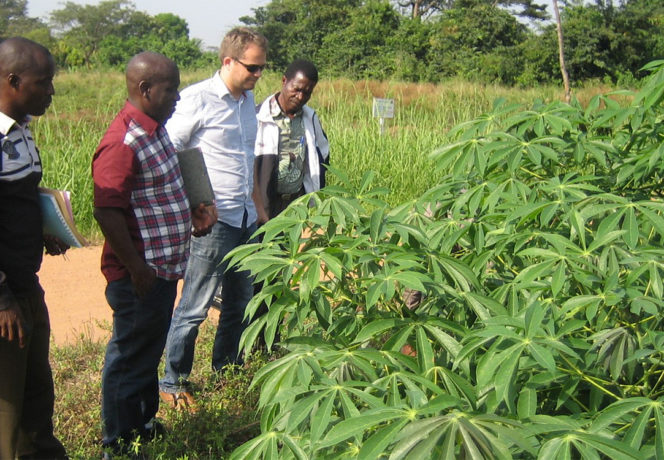
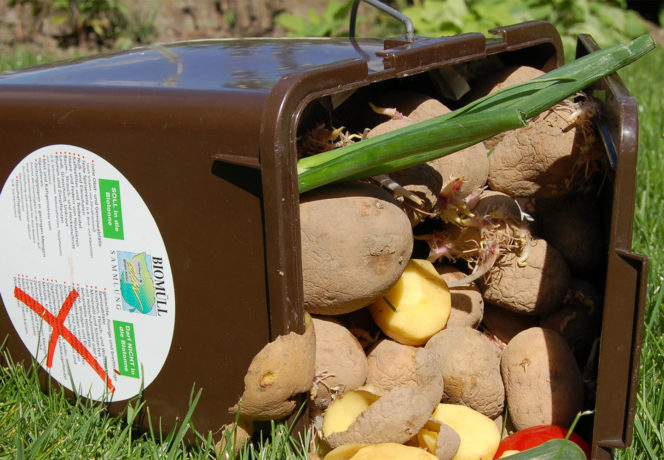
Potato losses in Switzerland from field to fork
This study ascertains potato losses in Switzerland along the value chain from field to fork on the basis of questionnaires. The results show that 41–46% of all processing potatoes and 53–56% of all table potatoes are not eaten by consumers. These losses do not represent a complete waste, however. Threequarters of table-potato losses and 90%…

Use of economic damage thresholds, forecasting systems and warning services in Switzerland
According to Direct Payment regulations, Swiss farmers are obliged to take into account economic damage thresholds and the recommendations of forecasting and warning services before taking phytosanitary measures. In order to assess how well these requirements were being fulfilled in arable farming, farmers and agricultural contractors were anonymously surveyed in 2013-2014. Out of 477 returned…
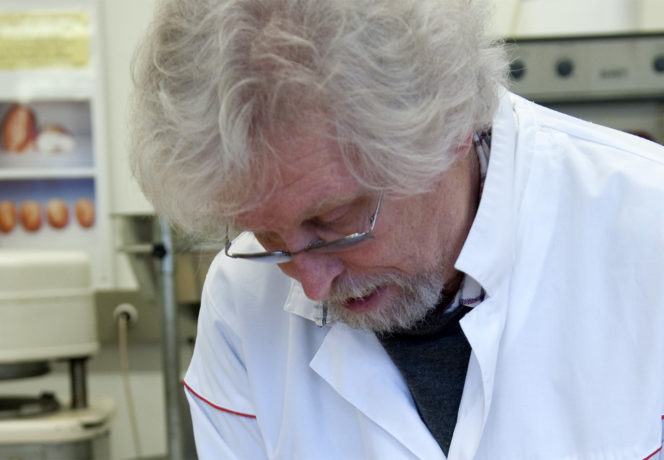
Influence of splitting the application of nitrogenous fertilisers on the baking quality of wheat
Certain types of bread products require a high protein content and well-defined rheological qualities. Although Swiss wheat varieties have a high protein content, said content fluctuates a great deal, and in some years is too low for breadmaking. From 2011 to 2013, a study was carried out on four varieties of wheat and seven nitrogen…

The art of splitting nitrogen applications to optimise wheat yield and protein content
The cereals trade association has set up a harvest payment system based on the protein content of ‘TOP’ class wheats. Agroscope has implemented tests to study the impact of splitting the application of nitrogen fertiliser on wheat yield and quality. In Swiss soil and weather conditions, a 20-40-80 kg N/ha split – the third input…

New varieties of Westerwolds ryegrass and persian clover recommended
From 2013 to 2015, Agroscope tested 33 varieties of Westerwolds ryegrass (Lolium multiflorum Lam. var. westerwoldicum Mansh.) and five varieties of Persian clover (Trifolium resupinatum L.) as to their suitability for cultivation. Yield, vigour, persistence, resistance to leaf diseases, dry-matter content and competitive ability were evaluated. In the case of Westerwolds ryegrass, digestible organicmatter content…
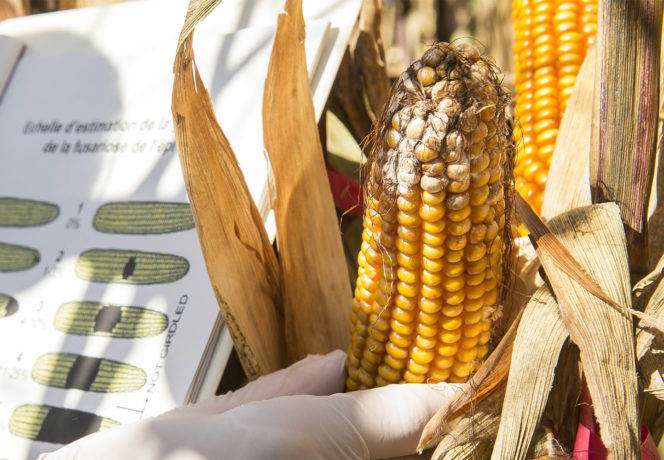
Fusarium infection in maize: evaluating the susceptibility of varieties cultivated in Switzerland
Gibberella and fusarium ear rot of maize reduce grain yield qualitatively and quantitatively. Mycotoxins produced by the fungal pathogens that are responsible of these two diseases are a health threat for the animals fed with contaminated maize. One factor affecting disease severity and mycotoxin content, and therefore a potential management tool, is the susceptibility of…


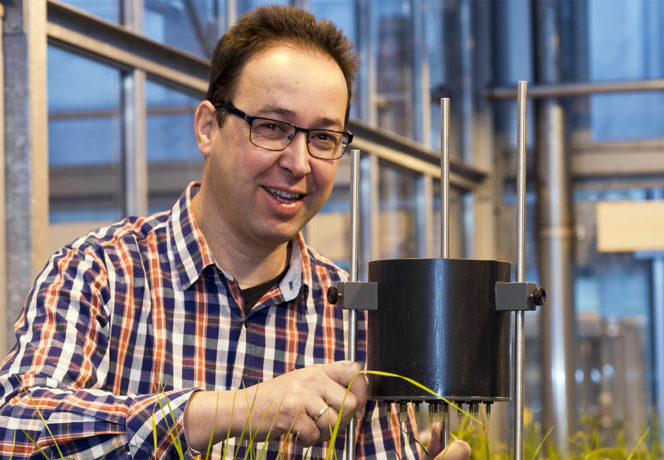

Arbuscular mycorrhizal fungi as bioindicators in agricultural soils
Arbuscular mycorrhizal fungi (AM fungi) are soil fungi that establish an effective symbiosis with most crops and wild plants, promoting plant growth and improving soil structure. Individual studies from Switzerland have led us to assume that certain species are suitable as bioindicators for various soils and land-use types. In a broad-based study, the AM fungi…

Assessing biodiversity at the farm scale using a credit point system
There has been a drastic decline in farmland biodiversity in recent decades. In spite of direct payments for ecological compensation areas (ECA), specifically for their connectivity and ecological quality, there has been no general recovery in the populations of many species of farmland flora and fauna. While discernibly positive effects of agricultural biodiversity measures have…

Ingestion of whey on alpine pastures by beef cattle and quality of the meat
Whey is present in large quantities in the alpine-cheese production zones, and represents a source of energy that should be utilised. The quality of the meat from 96 beef cattle which either consumed or did not consume this by-product was compared in two trials carried out 2012 and 2013. The animals, with an average live…
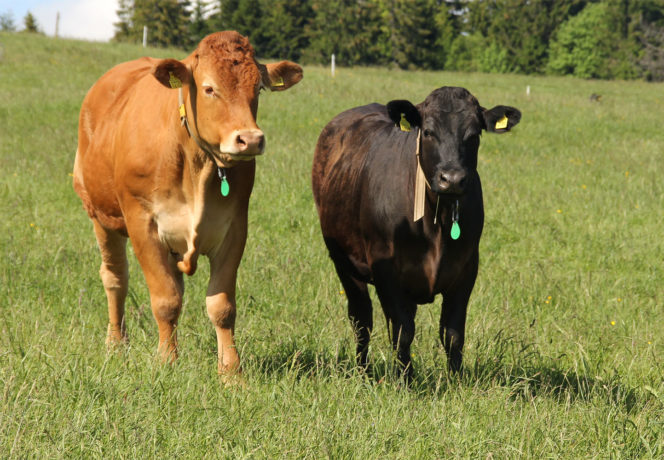
Observations about grazing: grass supply and ingestion
The aim of this study was to compare the supply of grass and the intake of three herds (test variants) over the 2012 and 2013 grazing seasons. The first herd received no supplement (control group G), whilst the other two benefited respectively from a barley (B) and whey (W) supplement. The quantity of grass offered…

Growth performance and feed intake behaviour of whey fed beef cattle on an alpine pasture
In alpine-cheese production areas, whey represents an important source of available energy which is both largely untapped and problematic for the environment if it is not properly disposed of. Its utilisation by beef cattle was studied in two trials, each comprising 48 heifers and steers belonging to different breeds or crosses of beef breeds, and…

Comparison of ethylene and chlorpropham for potato storage
CIPC (or chlorpropham) is the most commonly used product for controlling potato sprouting during storage. A new technique involving storage in an ethylene-enriched atmosphere (the Restrain® process) has been recently implemented in Switzerland. The efficacy of these two methods was compared in Switzerland during three storage seasons over six potato varieties stored in different commercial…

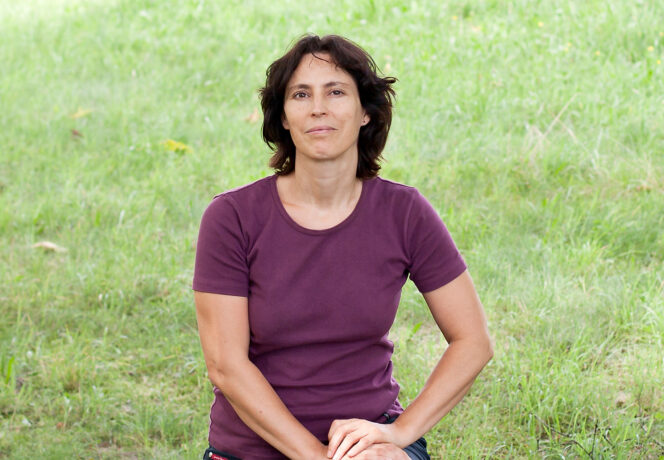



Behavior of different cover crops in a network of on-farm trials
A network of experimental fields in northern and western Switzerland was used to better understand the behavior of various cover crops in diversified environmental conditions. Several species were oriented towards soil cover in autumn (e.g. brown mustard). Others produced an important aerial biomass (e.g. sunflower). Some, with intermediate performance during autumn, had a good soil…
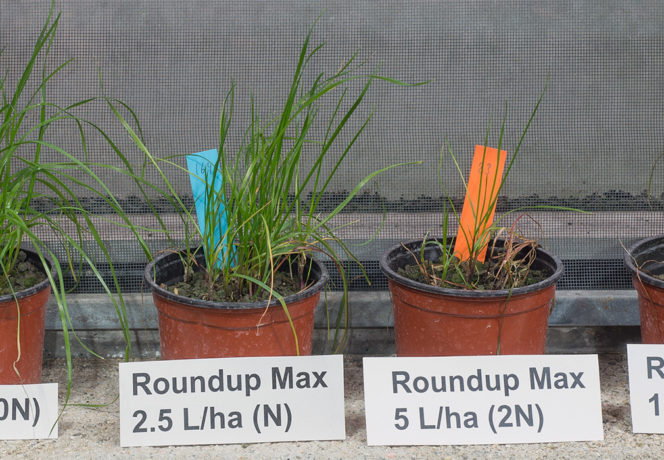
Current status of herbicide resistance in Switzerland
Herbicide resistance is a worldwide industrial agriculture problem that worsens from year to year. In certain northern European countries, black-grass is resistant to numerous different herbicides, and can scarcely be controlled in certain places. This phenomenon is also starting to emerge in Switzerland. Starting in 2011, and in order to monitor the appearance of new…

Improving the domestic protein supply with mixed cropping
Mixed cropping of grain legumes with cereals is a promising approach to economic and resourceefficient domestic production of protein plants. Since 2009, FiBL has established field trials in cooperation with organic farmers with a view to jointly developing suitable production methods under Swiss conditions. A range of seeding ratios as well as different combinations of…
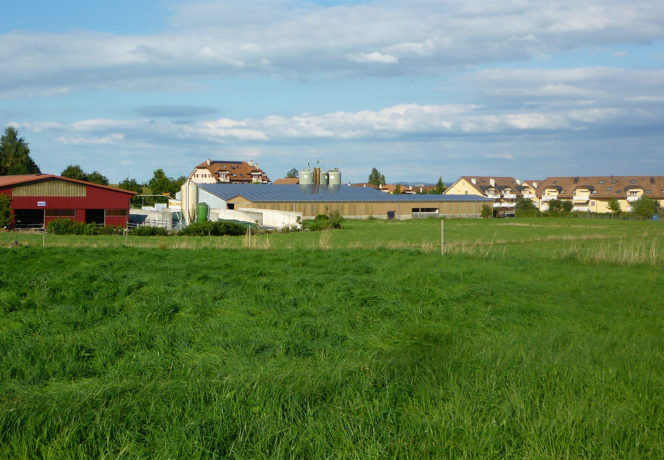
Situation analysis for odour complaints about cattle housing
Generally speaking, cattle sheds are naturally ventilated buildings. Because of this, the situation is different on both the emission and impact sides than for animal housing with forced ventilation. This paper highlights methods contributing to the clarification of odour complaints. Using a case study, a process is explained with an analysis of the nuisance and…

Odour impact of an agricultural biogas facility combined with animal husbandry
Mostly, agricultural biogas facilities on farms in Switzerland exist in combination with animal husbandry. The proximity of these facilities to residential areas can lead to odour complaints from residents. Animal housing and outdoor exercise areas, feed and farmyard manure stores, as well as substrate and fermentation residue stores all figure among the diffuse emission sources.…

Utilisation of whey on mountain pastures by beef cattle
Mountain pasture areas in Switzerland are faced with a dual challenge: halting the advance of the forest, and dealing with the whey which is a by-product of alpine cheesemaking. Beef cattle could contribute to the sustainability of mountain pastures by increasing pasture pressure and reducing environmental impact through the use of the whey in situ.…
